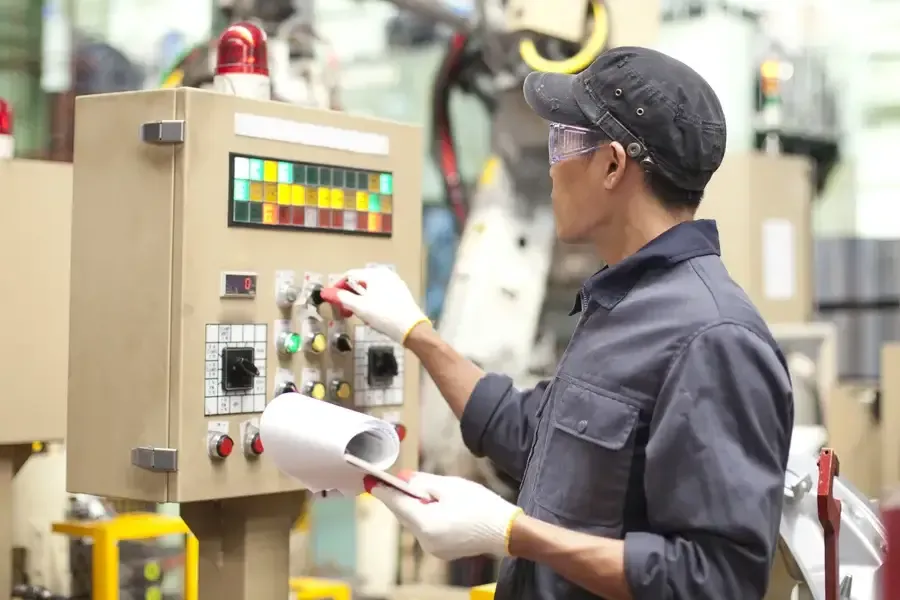Ensuring the Safety and Efficiency of Your Home’s Electrical System
A professional electrical inspection is an important step in maintaining the safety and efficiency of your home or business. These inspections ensure that all electrical components are working properly and meet current safety standards. Understanding what happens during an inspection can help prepare you for the process, ensuring your property remains safe and compliant with regulations. In this article, we will explore the key aspects of a professional electrical inspection, from initial assessments to final recommendations.

Initial Assessment: Setting the Stage
The first step in a professional electrical inspection involves an initial assessment. During this phase, an electrician will examine your electrical system’s basic setup. They will check circuit breakers, wiring, and outlets to identify any immediate hazards or code violations. This helps to pinpoint areas that may require further attention.
The Role of Electrical Panels and Breakers
An essential part of the electrical inspection includes evaluating your electrical panels and breakers. These components play a critical role in managing the electricity flow throughout your property. The inspector checks for signs of wear, overheating, or outdated technology, which could pose safety risks. By doing this, potential problems can be identified and resolved before they lead to more serious issues.

Examining Wiring Systems
During the inspection, special attention is given to the wiring systems within your home or building. Inspectors look for signs of damage such as fraying or corrosion, which can lead to electrical failure or even fires. Ensuring that wiring systems are intact and functioning correctly is crucial for both safety and energy efficiency.
Identifying Code Violations
Electrical inspectors also focus on identifying any code violations. This involves checking if your electrical installations comply with local and national codes. Non-compliance can result in fines or worse, hazardous conditions that may compromise safety. Addressing these violations promptly ensures that your property meets all necessary safety requirements.
Testing Ground Fault Circuits
Ground fault circuits protect against electrical shocks by cutting off power when they detect a fault. As part of the inspection, these circuits are tested to ensure they function properly. A faulty ground fault circuit can fail to prevent dangerous electric shocks, making it vital that they work effectively.
- Inspectors will test various outlets and switches
- They will ensure proper grounding is present
- Any defective components will be noted for replacement
- Verification of surge protection devices
The Importance of Surge Protectors
Surge protectors guard your appliances and electronics against voltage spikes. Inspectors evaluate these devices to confirm their effectiveness and recommend upgrades if needed. Proper surge protection is critical in prolonging the lifespan of your electrical equipment.
Concluding the Inspection: Final Recommendations
Once the inspection is complete, the electrician will provide a report detailing their findings. This report includes any issues found, recommendations for repairs or replacements, and tips for improving overall electrical safety. Implementing these suggestions can enhance both the functionality and safety of your electrical system.
Expertise You Can Trust With Michael VanWormer Electric
A thorough understanding of what happens during a professional electrical inspection provides peace of mind and ensures compliance with safety standards. Based in Acton, MA, our team at Michael VanWormer Electric specializes in comprehensive electrical inspections designed to keep your property safe and efficient. Contact us today at (978) 846-3241 to schedule an appointment with our experienced professionals.
